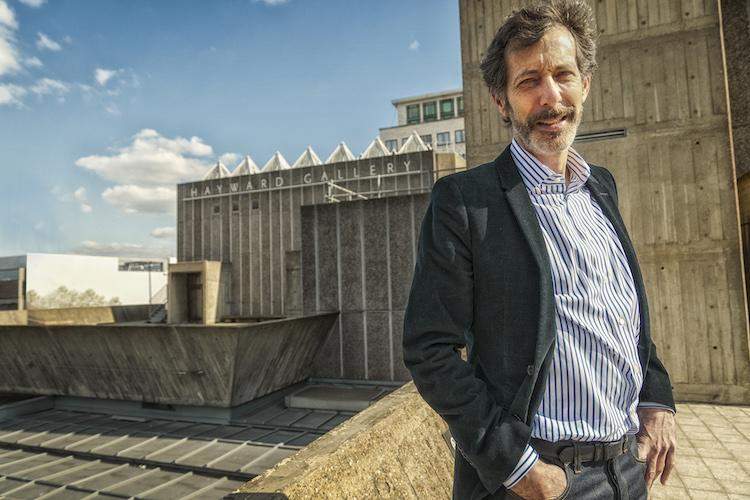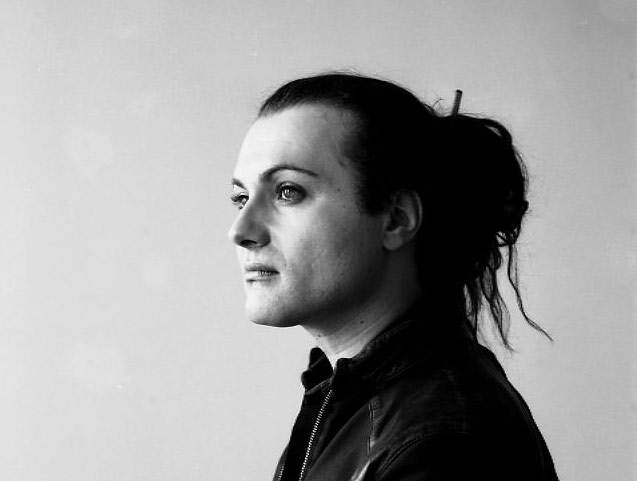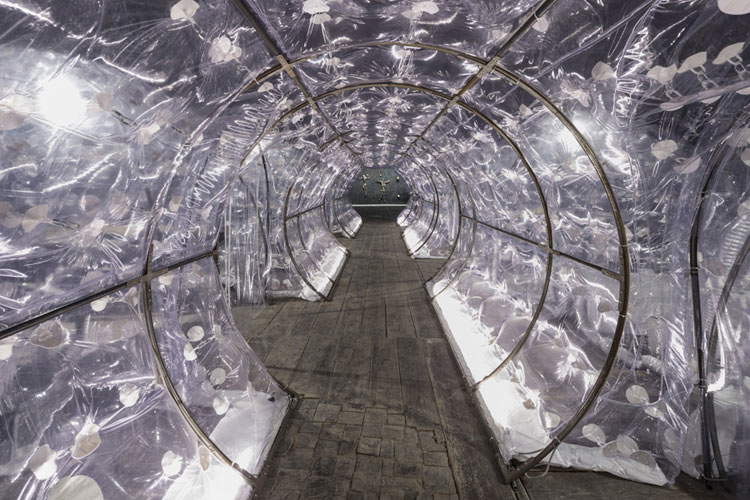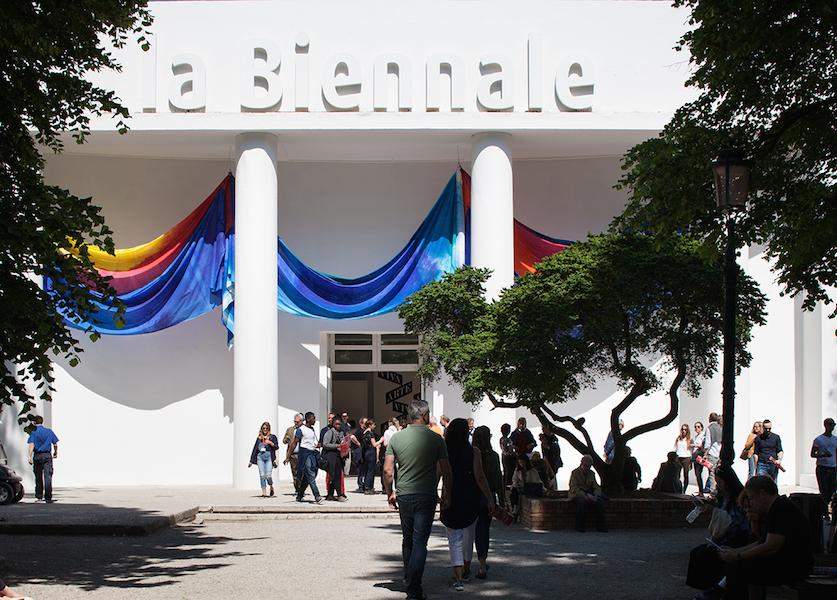Do the works of major contemporary art exhibitions no longer arouse pleasure? Toward the Venice Biennale 2019
A few months after last July 16, 2018, when the 58th edition of the upcoming Venice Art Biennale (May 11-November 24, 2019) was presented, we already have the first names of the artists chosen by some of the foreign pavilions: last in order of presentation were those from the Nordic countries, preceded by Finland, Austria, France, and the United States, just to name a few.
Of course, the greatest anticipation is definitely for the names of the participating artists that Milovan Farronato, curator of the Italian Pavilion, will (hopefully) unveil in no time. While waiting to know more about what is in fact one of the most important art events not only for Italy, but for the international art scene, it is possible to make a little reflection on what has already been unveiled and is encapsulated in the words of the president of the Biennale, Paolo Baratta, and the curator, Ralph Rugoff.
First of all, the title. We know, in fact, that it will be titled May you live in interesting times, an ancient Chinese saying that would recall the artist’s (but also the visitors’) condition of living between the reality around them and the world of creativity and invention. Thus, it is intended to confirm the path already taken during the past Biennales, that is, to qualify the exhibition as a place of encounter between the visitor, art and artists, in which the visitor is directly confronted with the works. Not only that: the title would deliberately derive from a false anathema, a choice by curator Rugoff to underscore its main focus, which is how artists relate themselves and their artworks within an era in which the spread of fake news has completely disrupted not only the way politics is done, but also its very outcomes. According to Rugoff, art has no force in the realm of politics, but artists can, through works, question their own cultural boundaries, especially through the playful function of the artwork itself, for it is when we play that we are most fully ’human’.
 |
| Ralph Rugoff. Ph. Credit Mark Atkin |
 |
| Milovan Farronato |
Indeed, according to Rugoff’s statement,May You Live in Interesting Times will undoubtedly include artworks that reflect on the precarious aspects of our current existence, including the many threats to the founding traditions, institutions, and relationships of the ’postwar order.’ Let us recognize at the outset, however, that art does not exert its forces within the realm of politics. For example, art cannot halt the advance of nationalist movements and authoritarian governments, nor can it alleviate the tragic fate of refugees across the planet (whose numbers now amount to nearly one percent of the entire world population). In an indirect way, however, perhaps art can offer guidance to help us live and think in these ’interesting times.’ With these words, the curator of the forthcoming Biennale is in direct line with what the curator of the 57th edition, Christine Macel, had already said, that in a world dismayed by conflict, art stands as a witness to what makes us more human, as the last bastion for reflection, individual expression, freedom and what confronts us with fundamental questions. Art, then, as a privileged realm of dreams and utopias, a garden where we can continue to cultivate global interests against individualism and indifference.
 |
| Roberto Cuoghi, Imitation of Christ (2017), the tunnel. Ph. Credit Roberto Marossi. Courtesy Roberto Cuoghi |
As, moreover, also demonstrated by the previous documenta14, made between Kassel and Greece, contemporary art (indeed: contemporary artists) is entrusted with a fundamental ethical and civic role, which is that of the formation of the individual in contemporary society. A task that is not easy, indeed often excessively demanding: the risk, on the part of artists, is to focus too much on what is demanded by the curators of the great international exhibitions (the latter almost all of which are directed to carry out this ethical-political function to the full) as to forget, at times, the aesthetic value of the work of art, and its universal communicative capacity. Certainly, art pour art is almost no longer possible: as early as the 1930s, in fact, Walter Benjamin, in the face of new cultural processes and mass society, had dissolved the aestheticizing model of art for art’s sake. With respect to the new changes in the contemporary world, artists and art critics have repeatedly tried to reintroduce a model less focused on the social value of the work and more on the aesthetic one: in the 1980s, for example, attempts had been made to reintroduce it with a return to figuration and traditional art techniques.
 |
| The Venice Biennale |
The Ãmpression one has, visiting the major international exhibitions of recent years, is that they sometimes lack, in their approach to the work of art, the pleasure one takes in observing it. This pleasure is one of the fundamental cores that give life to the work of art itself and from which one cannot disregard, even when strong or conflicting emotions-reactions are aroused in the observer. In his July 16 speech presenting the upcoming Biennale, Rugoff says Ultimately, the 2019 Art Biennale aspires to this ideal: what matters most in an exhibition is not what is exhibited, but how the audience can then use the experience of the exhibition to look at everyday reality from broader points of view and with new energy. An exhibition should open people’s eyes to unexplored ways of being in the world, thus changing their view of that world. This is undoubtedly true: an exhibition (especially an international one) has the task of inducing its audience to reflect on everyday reality, but without losing sight of what is being exhibited. In fact, an art exhibition exhibits works of art first and foremost, even before ideas and reflections because it is from the art object that aesthetic and ethical reflection on the world surrounding the exhibition’s audience takes place.
Meanwhile, as we wait for Farronato to name the artists who will participate in the Italian Pavilion, we wish good work to those involved in the curatorship of this important international event, with the certainty that they will be able to meet the needs of its visitors.
Warning: the translation into English of the original Italian article was created using automatic tools. We undertake to review all articles, but we do not guarantee the total absence of inaccuracies in the translation due to the program. You can find the original by clicking on the ITA button. If you find any mistake,please contact us.





























